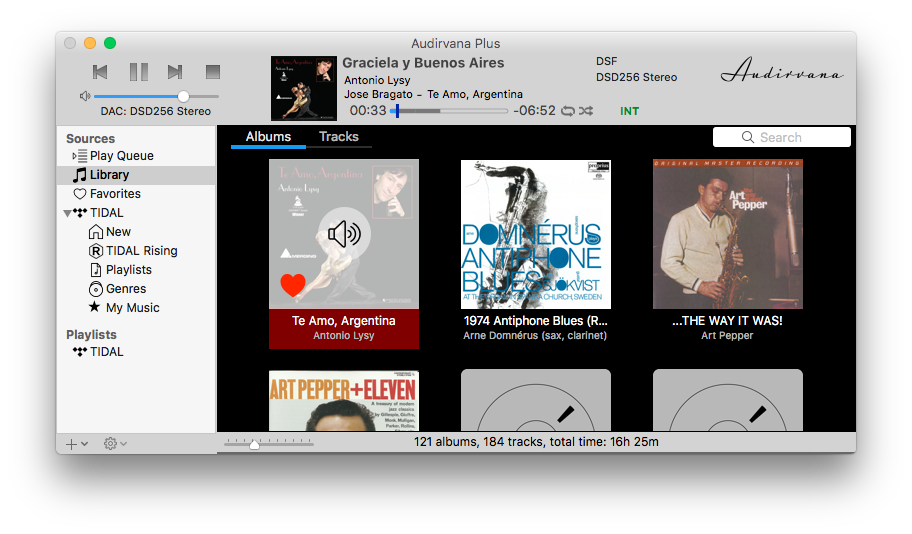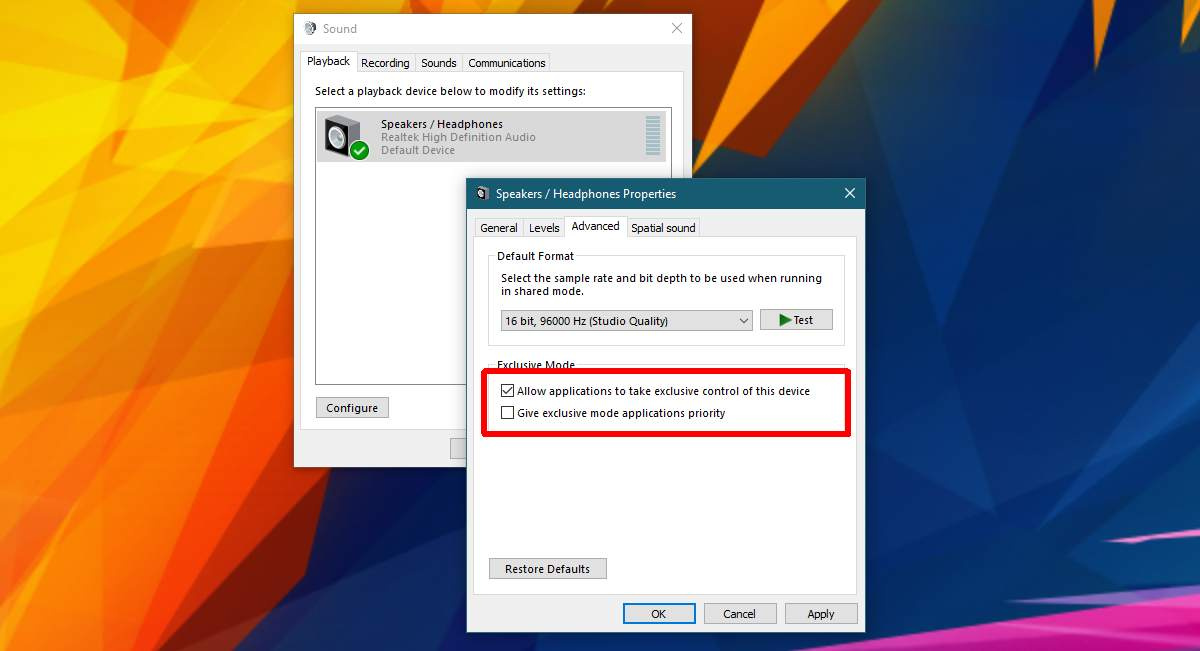

What about playback equipment? A five-figure turntable, tonearm, phono cartridge will extract much more of the recorded sound from the grooves than a typical record playback system. But downstream it is! This is how we listen to much of our recordings these days. We will be listening downstream from all of this. MQA has processed the original recording with its own proprietary digital format.

It was an vinyl, digitally recorded, album. This is true for vinyl records which were released after 1980 as well. Albums released before 1980 by labels such as Mercury Living Presence and RCA Living Stereo are clearly superior sonically than any of the early CD’s. Most albums, vinyl or otherwise, have been digitally recorded from the beginning of the 80’s onward. There are some inherent problems with any comparison of this nature. Which version would be the best sonically? Why not do a direct comparison? But I am afraid that temptation got the better of me. The vinyl would cost $16 more that the MQA file. I really did not need another copy of Tutu. Not long after purchasing Tutu I discovered that Amazon was now offering a remastered 180 gram deluxe vinyl version of Tutu. i wanted to have a copy with the high quality sound and was not disappointed with this MQA version. I very much like the music and the sound of the album. He won a Grammy for his performance on this album. The music may seem a little dated now by some, with its use of various synthesizers, but Mile’s horn will probably never be dated. But like many of Mile’s albums it was a trendsetter. A combination of Fusion Jazz and Funk, some critics dismissed it at first. It was the last major album recorded by Miles Davis. The album is called Tutu, named after Archbishop Desmond Tutu of South Africa.

It was actually an MQA file that I downloaded from Onkyo Music. I recently purchased a very fine album of historical and musical significance.


 0 kommentar(er)
0 kommentar(er)
